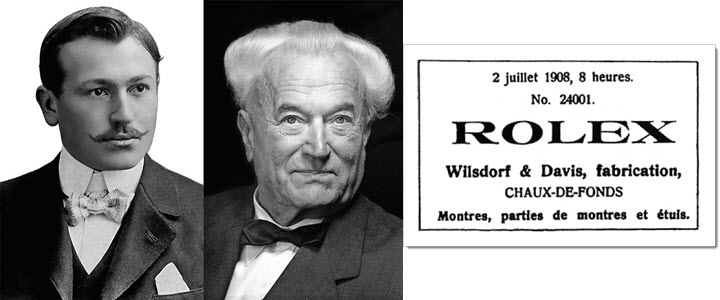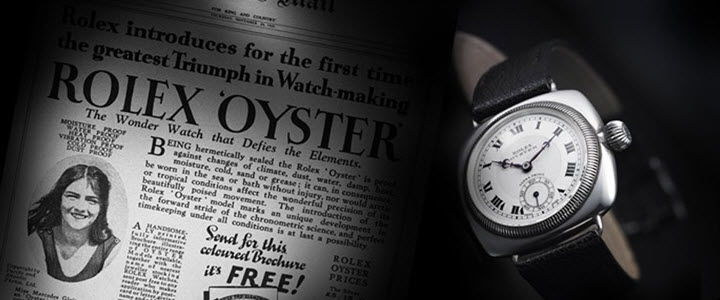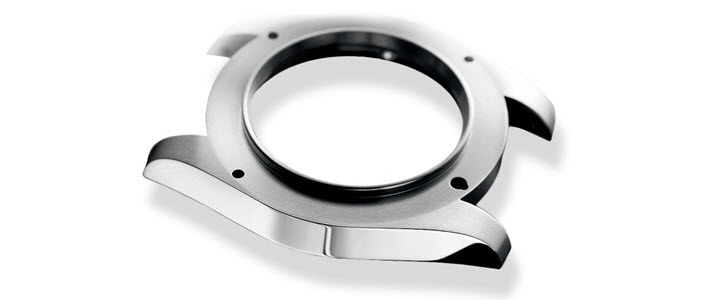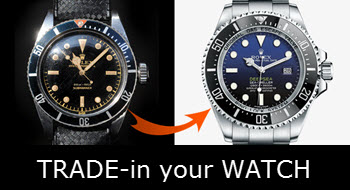
Rolex is a globally recognizable business and one of the world’s most powerful brands, with an annual revenue of more than $7 billion. Yet, despite this, very few organizations guard their secrets as closely as Rolex, making it one of the most secretive companies in the world as well.
While it is certainly true that the shroud of secrecy around the brand has attracted more than its fair share of myths and apocryphal tales over the years, there are also a number of concrete facts that have been firmly established. So, with that in mind, we have compiled a list of five key things that everyone should know about Rolex.
1. Each Rolex timepiece takes around a year to make
Although Rolex produces close to a million watches every year, each and every one of them goes through a year-long construction process. This begins with shaping the individual pieces and ends with a rigorous testing phase, which checks for things like accuracy, water resistance and much more.
The process takes so long, because the manufacturer places an emphasis on attention to detail. Almost all parts are made in the Rolex labs and while machines are used in the process, a lot of the work is still done by the hands of expert workers. In addition, Rolex movements are all designed, hand-assembled and tested in-house.
2. The Swiss Watch manufacturer actually began in London
 With its headquarters in Geneva, Rolex is very much a Swiss business today, but this was not always the case. In actual fact, the company was originally founded in London back in 1905, by brothers-in-law Hans Wilsdorf and Alfred Davis, and it was not until 1919 that the Rolex HQ moved from Britain to Switzerland.
With its headquarters in Geneva, Rolex is very much a Swiss business today, but this was not always the case. In actual fact, the company was originally founded in London back in 1905, by brothers-in-law Hans Wilsdorf and Alfred Davis, and it was not until 1919 that the Rolex HQ moved from Britain to Switzerland.
During those early London-based years, the company still specialised in watches, but it initially imported and assembled them, rather than making them from scratch. This changed in 1908, as Wilsdorf and Davis came to realise the benefits of making their own timepieces and employing some of the very best Swiss watchmakers.
3. The brand has a long history of innovation
 You are probably already aware that Rolex has a reputation as an innovative company, but you are less likely to be aware of the sheer number of innovations the brand has introduced to luxury watch-making. In 1910, for instance, a Rolex became the first timepiece to be awarded the Swiss Certificate of Chronometric Precision.
You are probably already aware that Rolex has a reputation as an innovative company, but you are less likely to be aware of the sheer number of innovations the brand has introduced to luxury watch-making. In 1910, for instance, a Rolex became the first timepiece to be awarded the Swiss Certificate of Chronometric Precision.
The Oyster case became the world’s first officially recognized ‘waterproof’ case in 1926, while the release of the Datejust in 1945 marked the first wristwatch to indicate the date on the dial face. Then, in 1953, the Submariner became the first timepiece to offer water resistance up to 100m below the surface.
4. Rolex developed their own premium Stainless Steel

While the vast majority of stainless steel watches are made from 316L steel, Rolex instead works with its own unique grade of steel, called 904L. Not only is 904L more expensive, because it contains higher levels of nickel and chromium, it is also more difficult to machine, requiring Rolex to upgrade their machinery – at great expense.
The full shift to 904L steel occurred in 2003 and since that time, all new steel models have been constructed by this higher-quality metal. Advantages of 904L steel include greater resistance against corrosion and greater protection against rust. Moreover, it is better equipped to withstand repeated polishing and is harder, making it more robust.
5. The company has never explained the word ‘Rolex’
Finally, despite the various explanations that have been offered up by external sources, the company itself has never commented on the meaning of the word ‘Rolex’. The name itself was registered in July 1908 and it has been suggested by some historians that it was simply a ‘made up’ word which co-founder Hans Wilsdorf liked the sound of.
Two of the more common stories are that the name is derived from the phrase “horlogerie exquise”, which translates to “exquisite clockwork”, or that it is a contraction of the phrase “horological excellence”, but neither story has ever been officially confirmed. Other sources have also claimed that Wilsdorf wanted a short name, where the upper case letters were all the same size, and which could be easily pronounced in any language.

